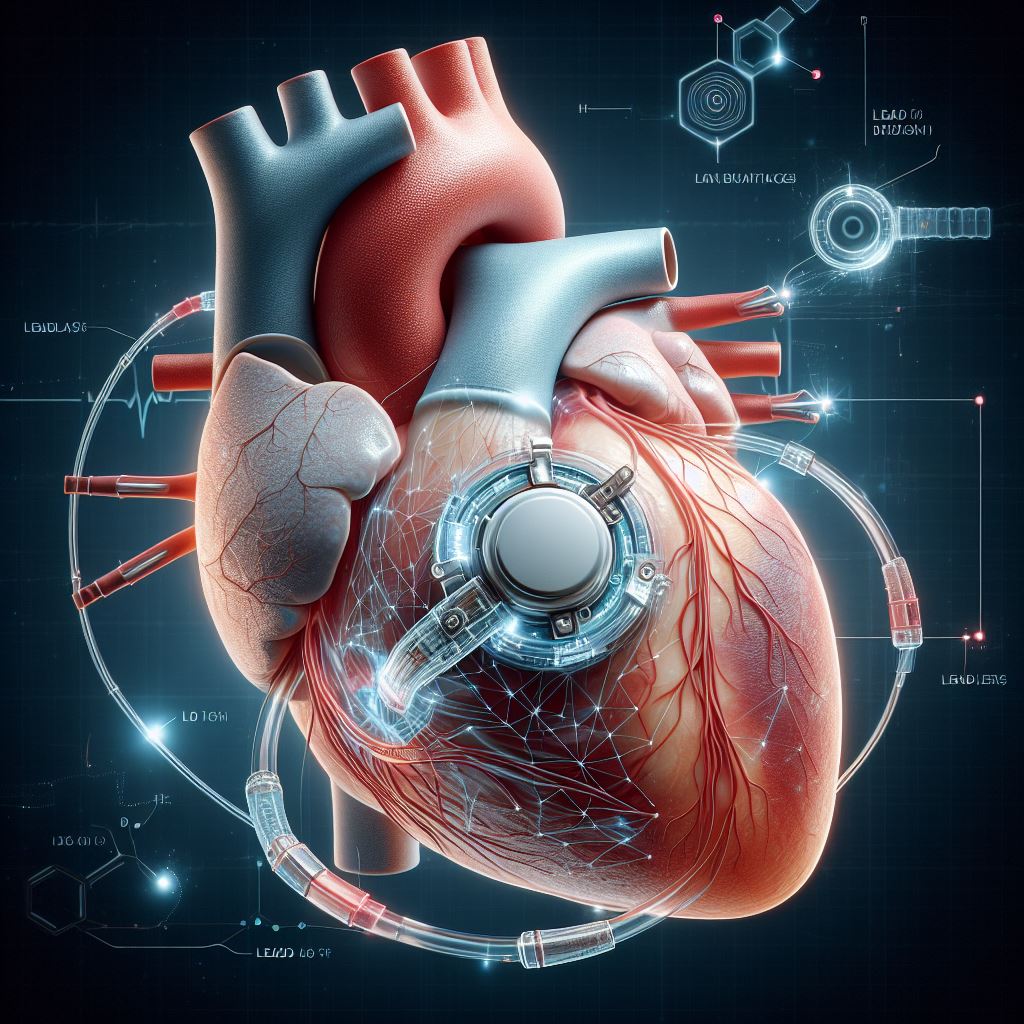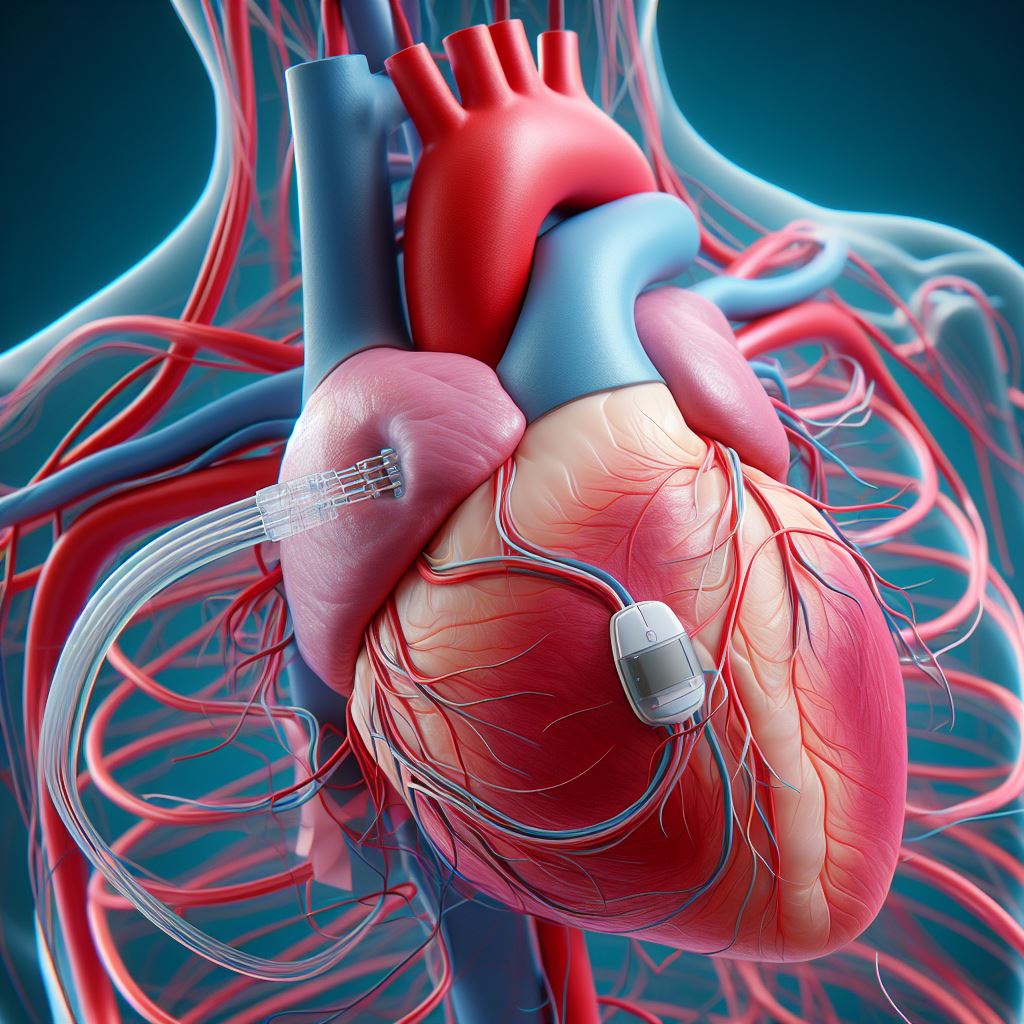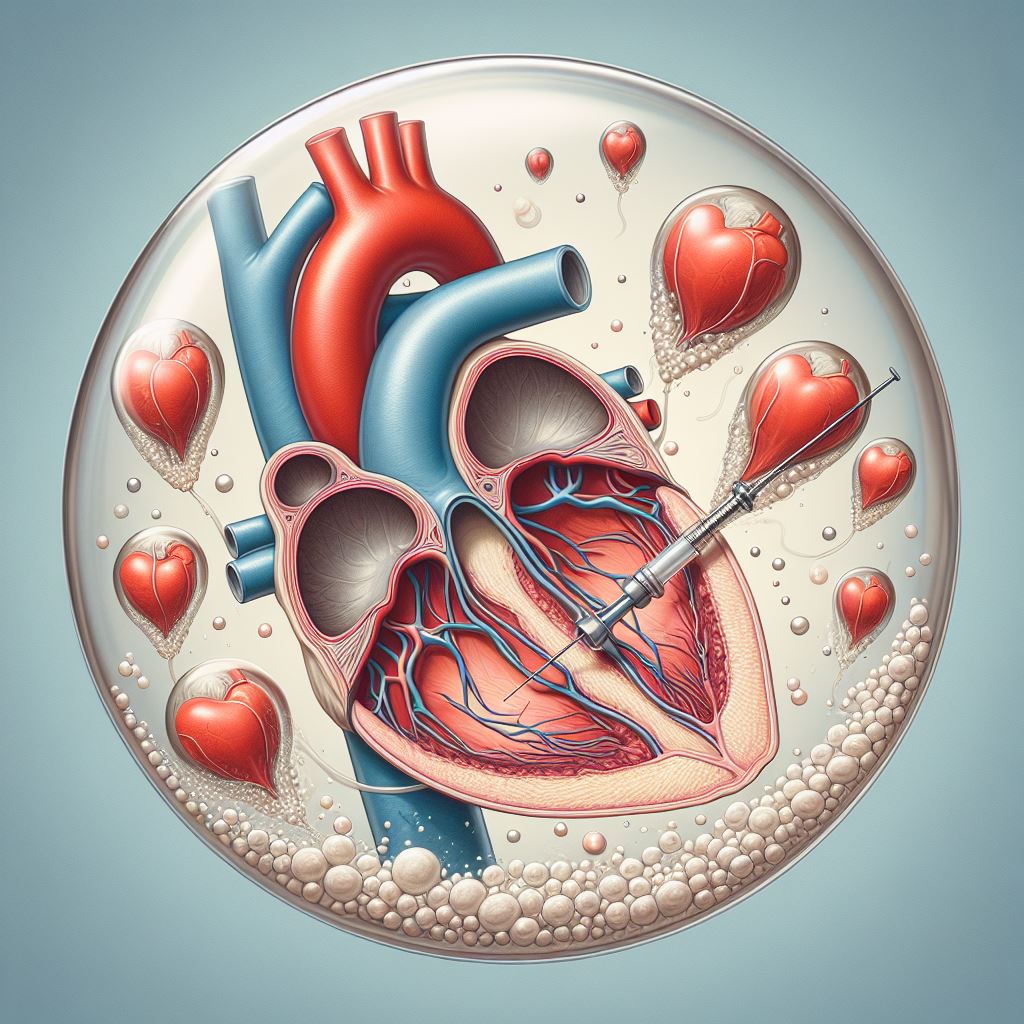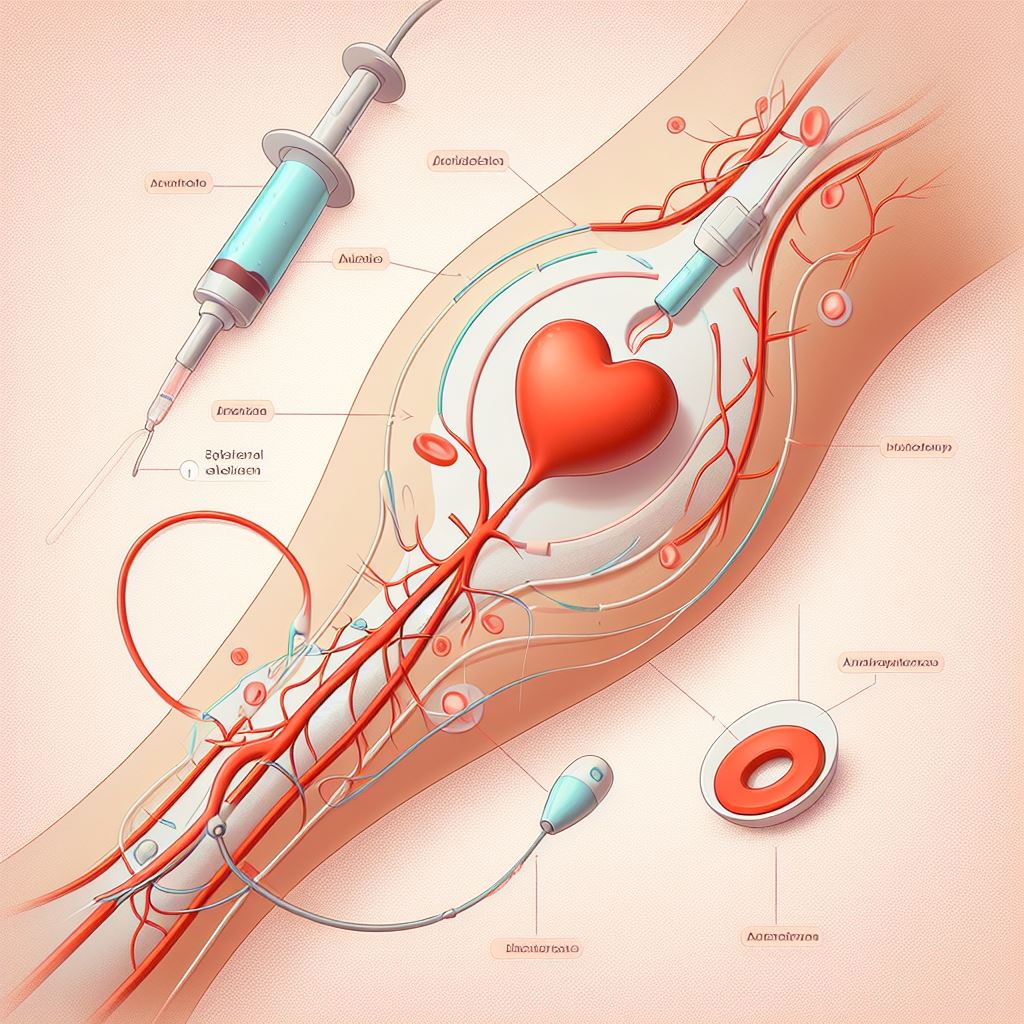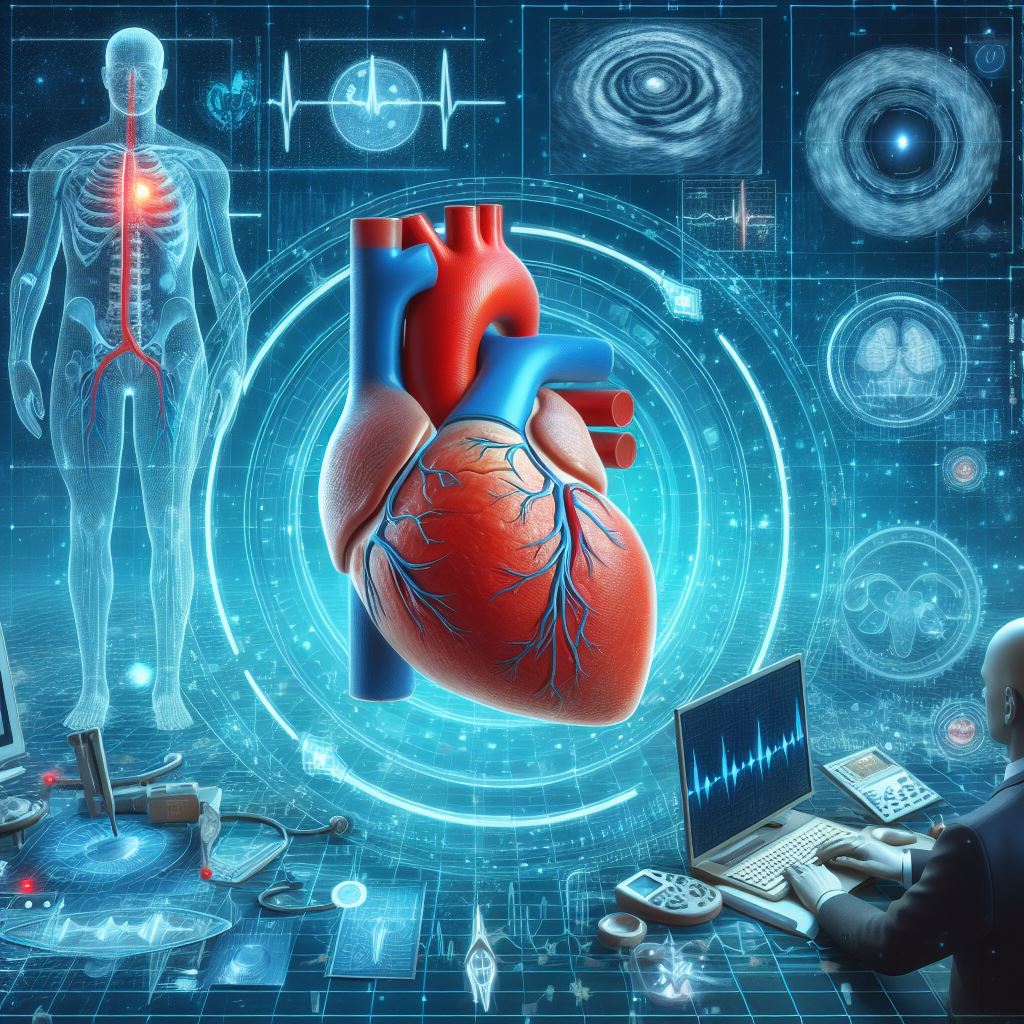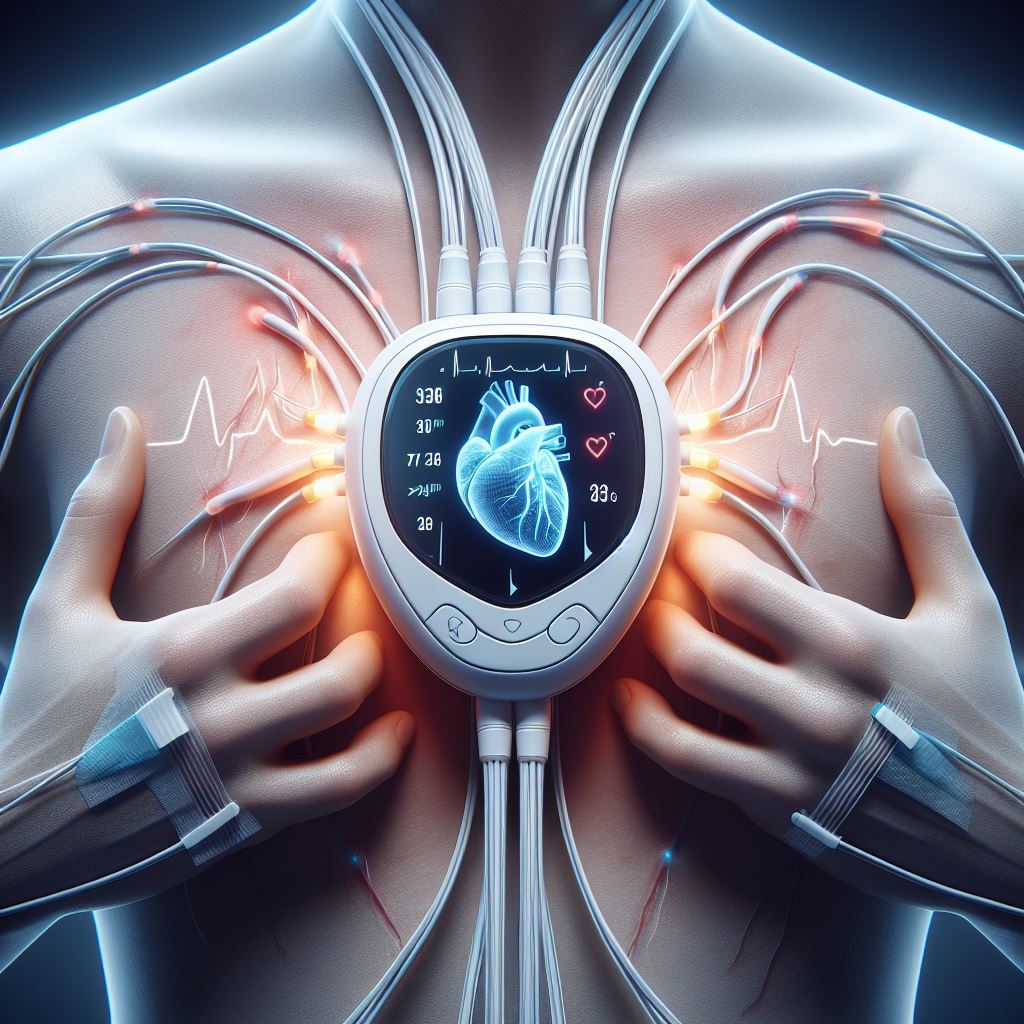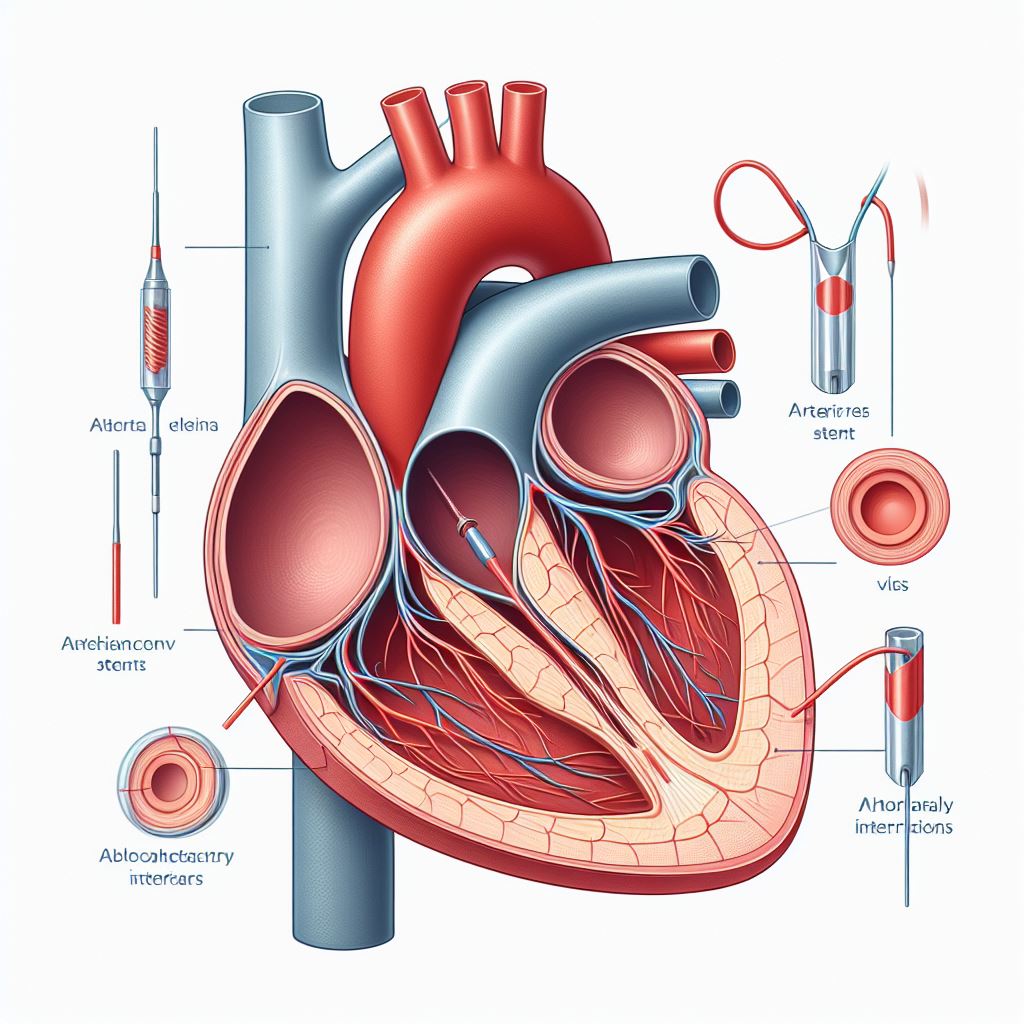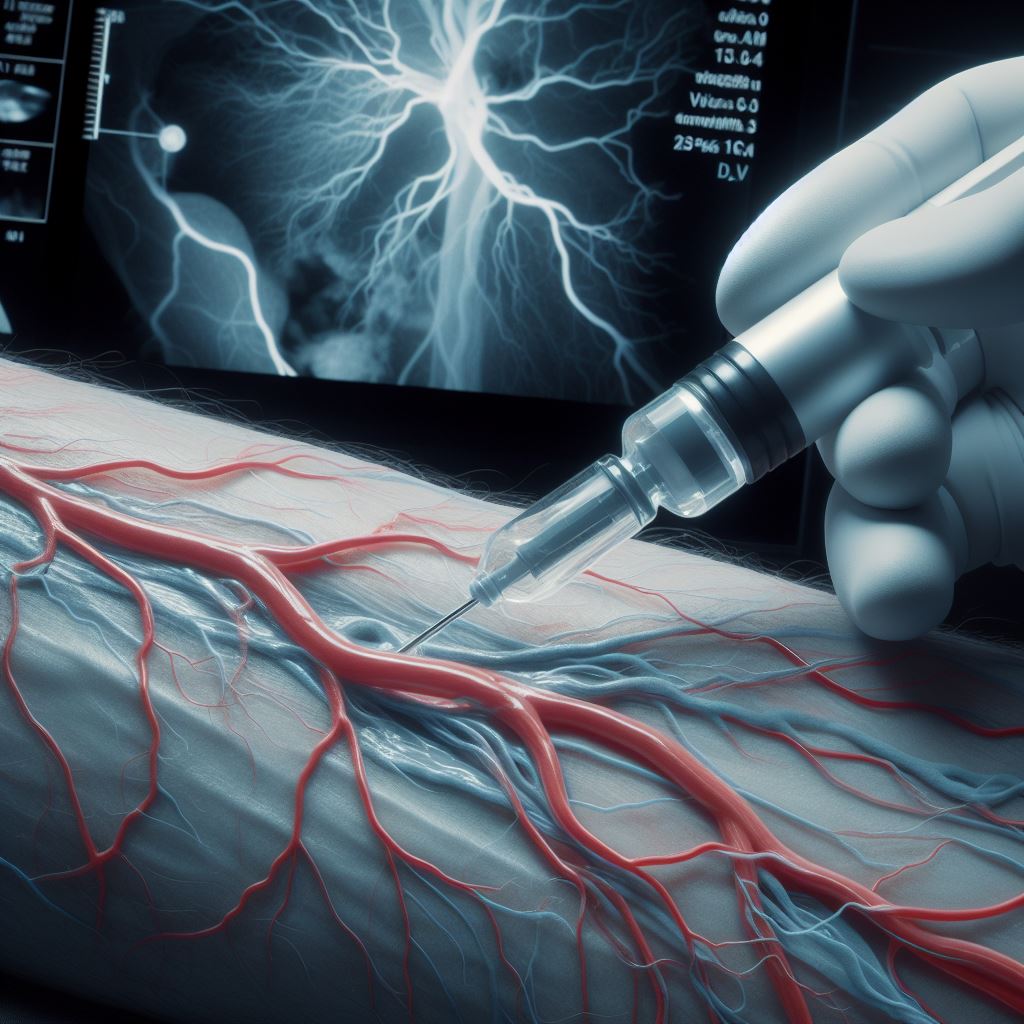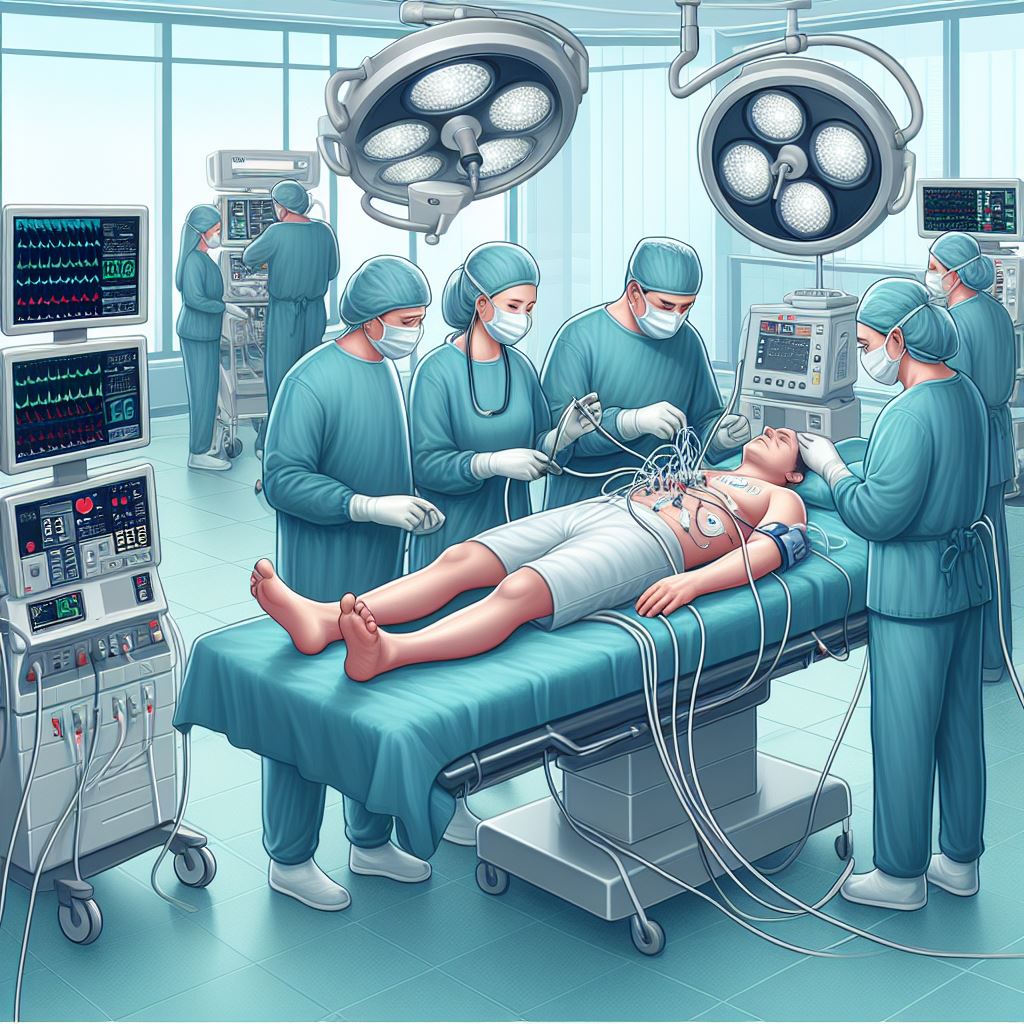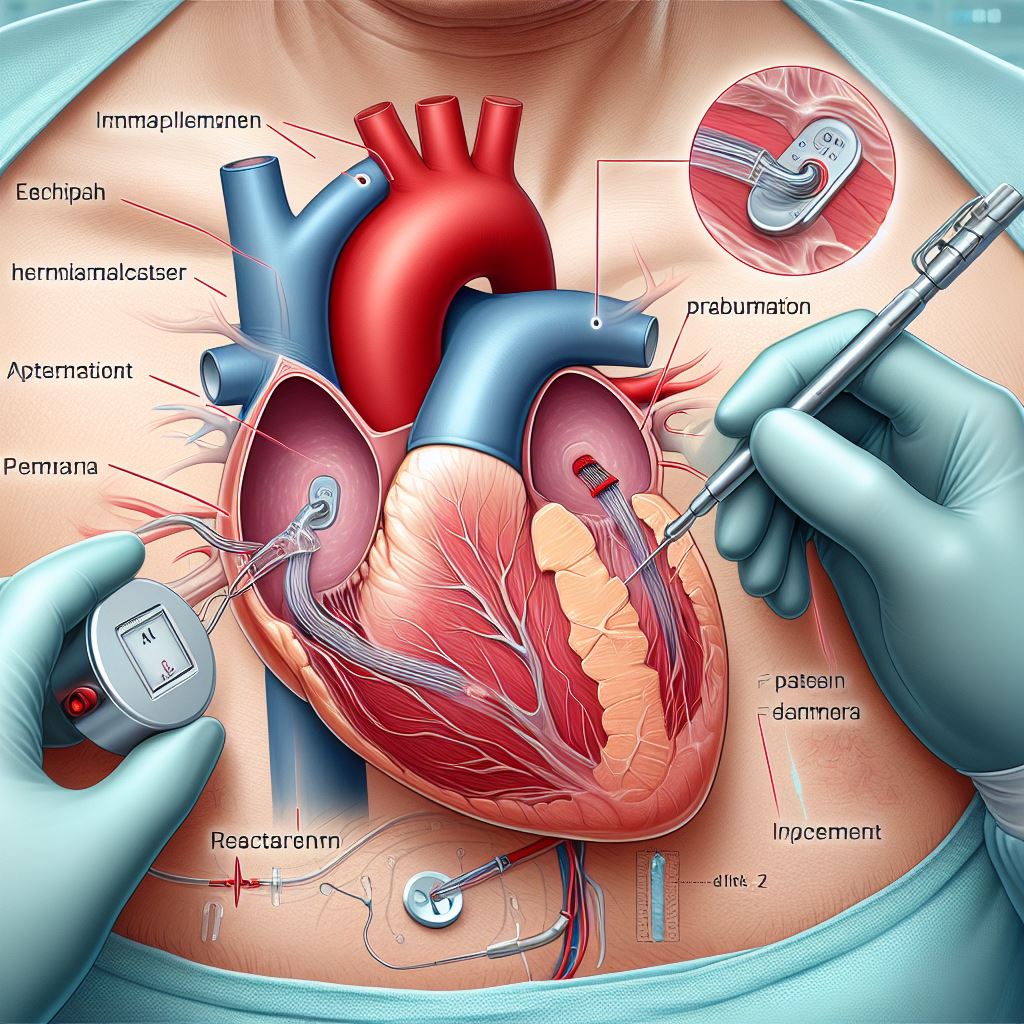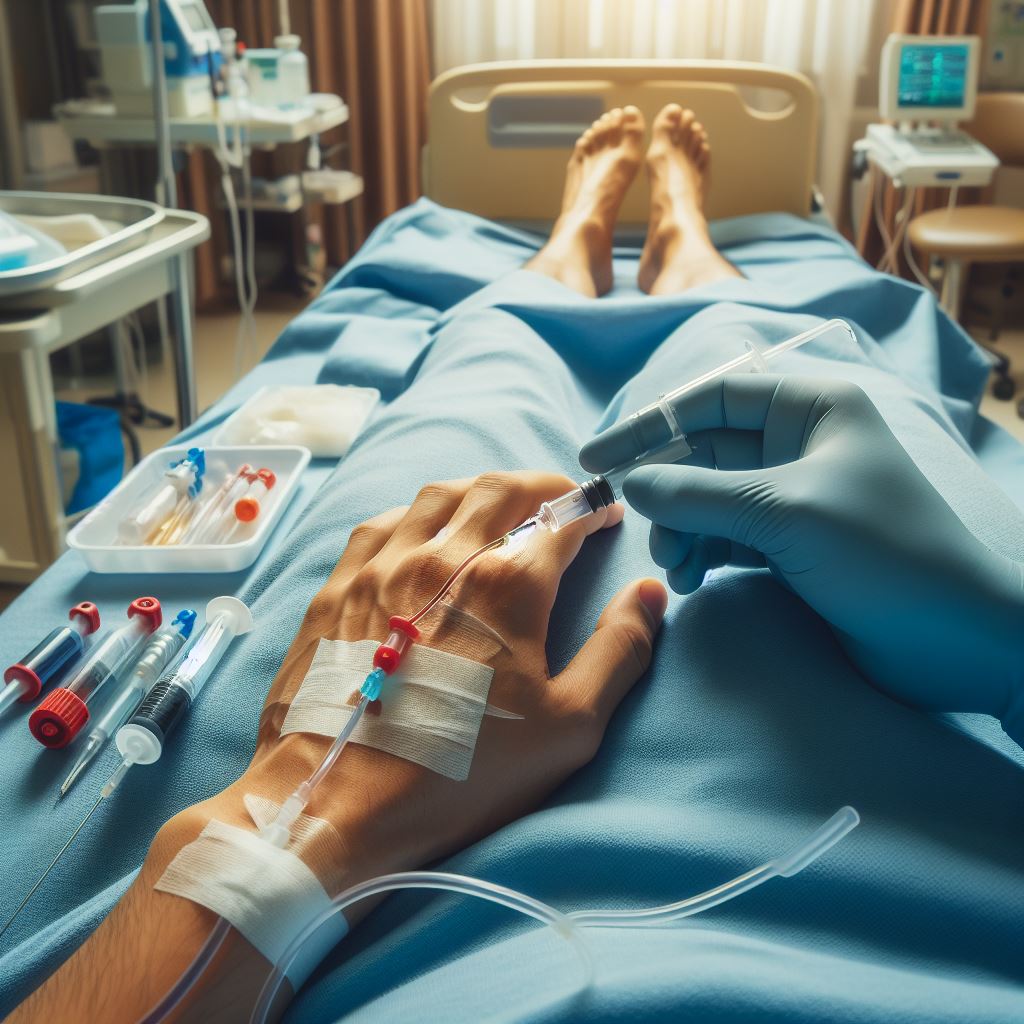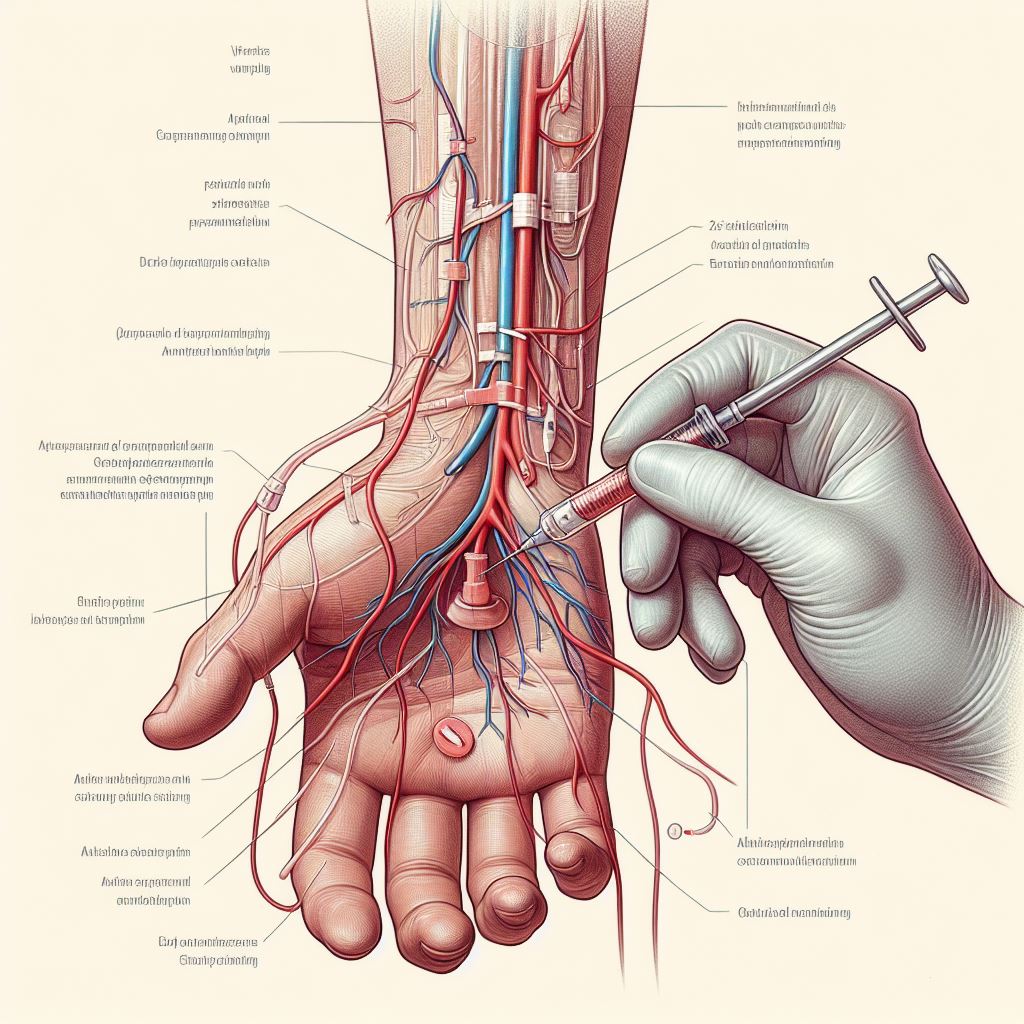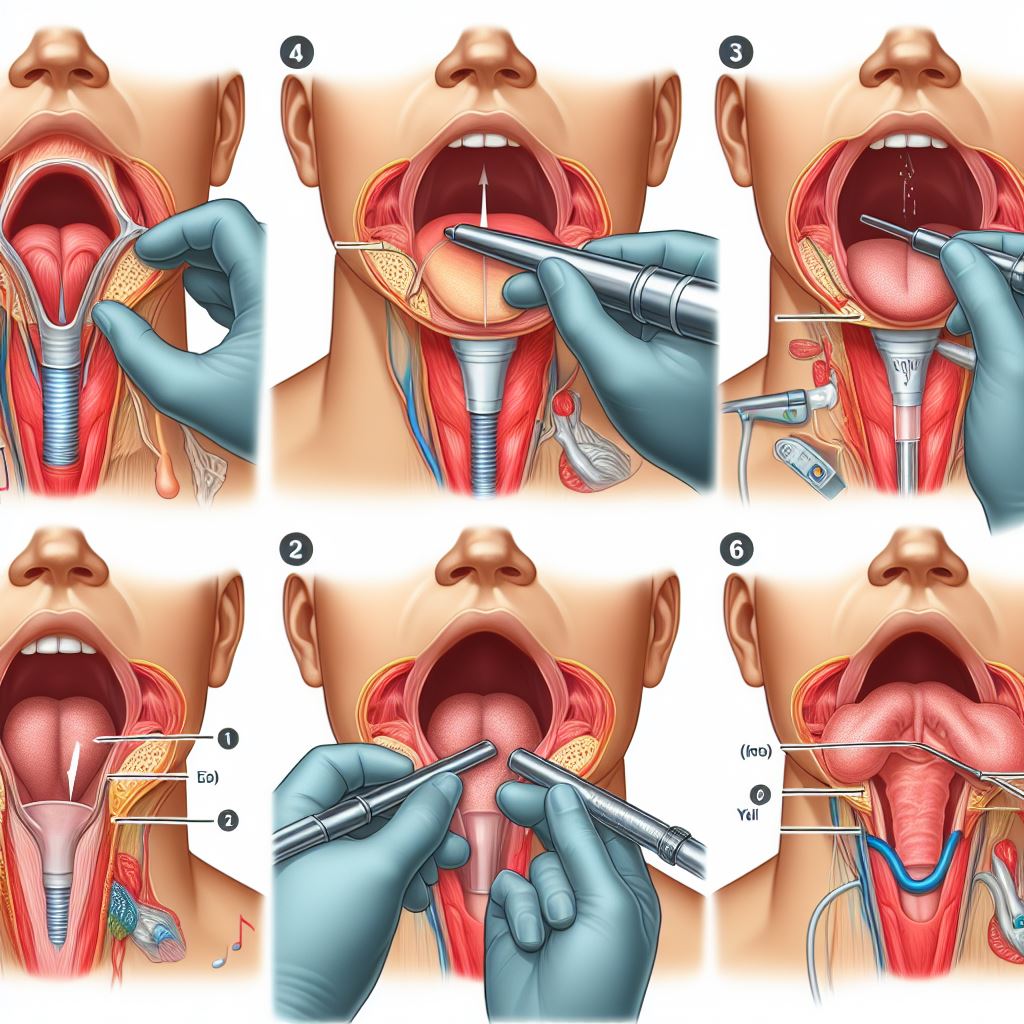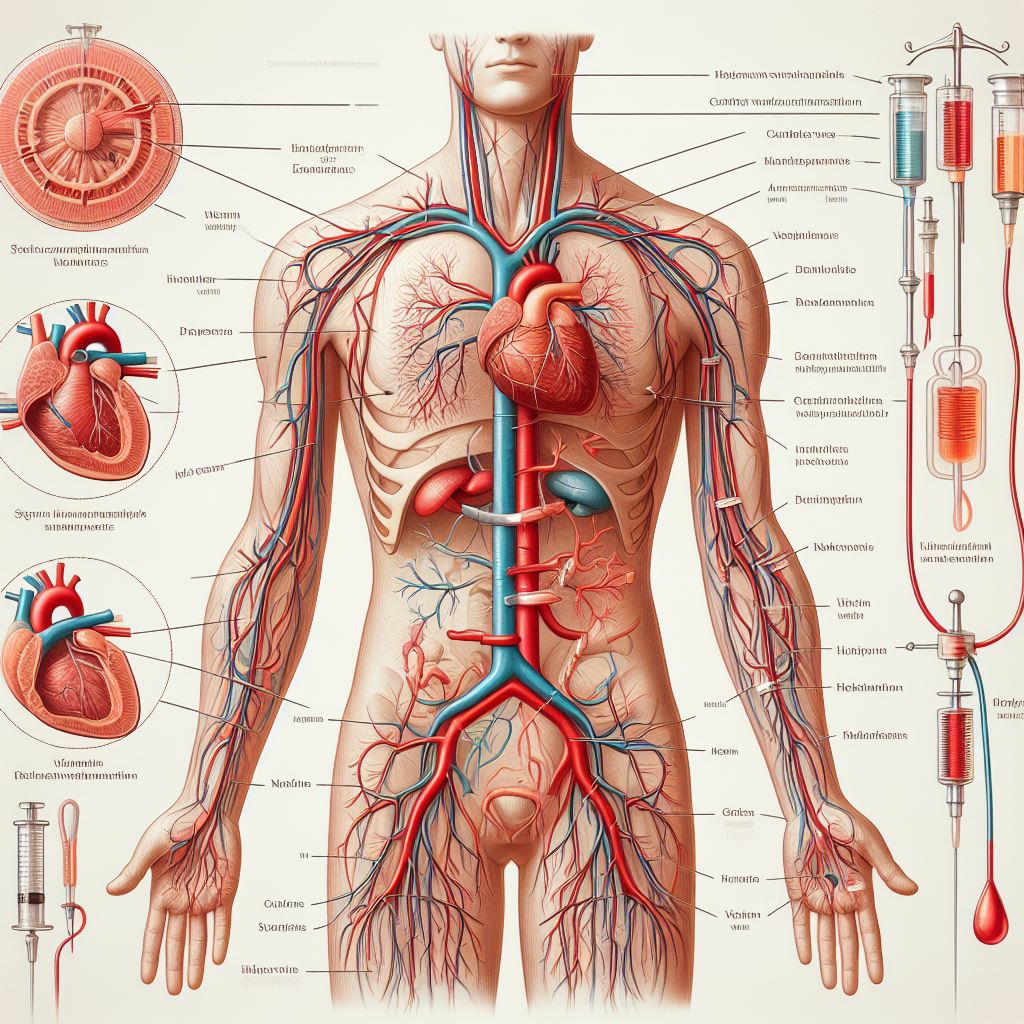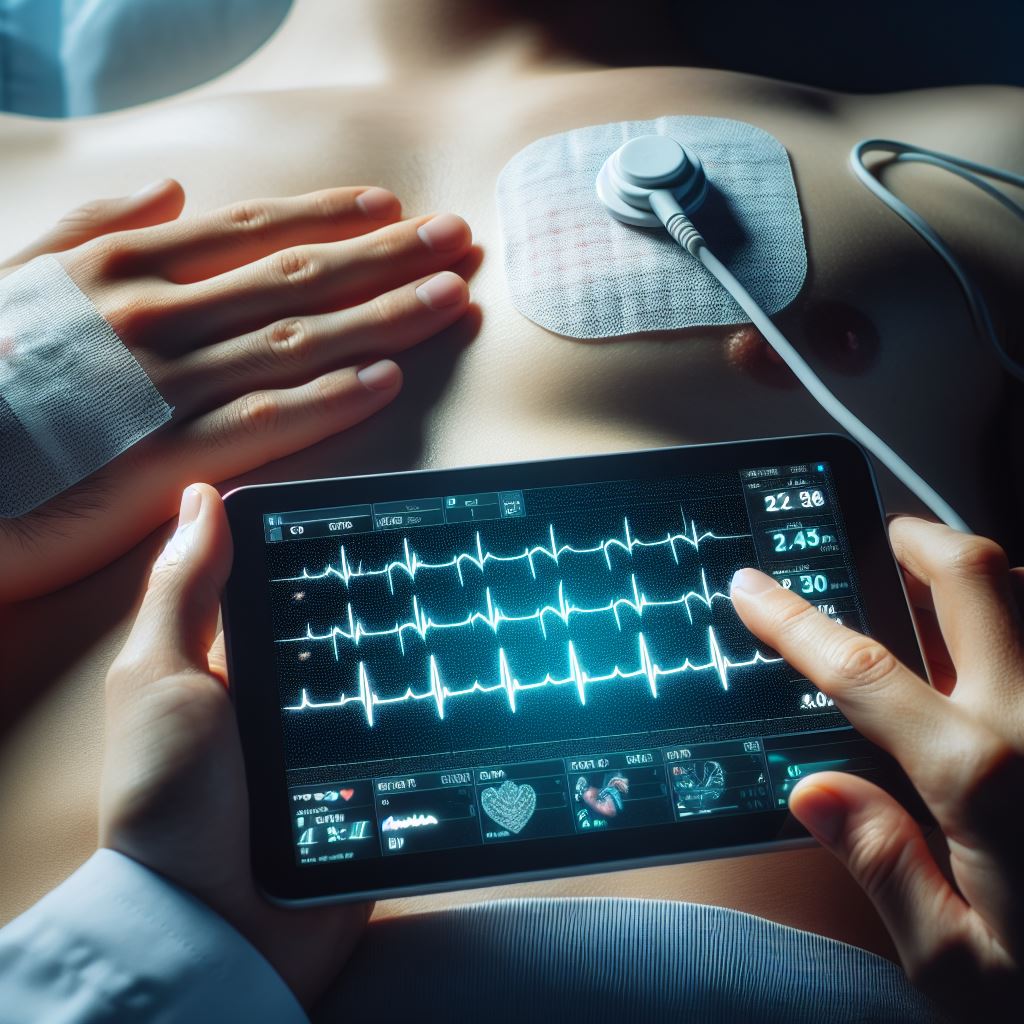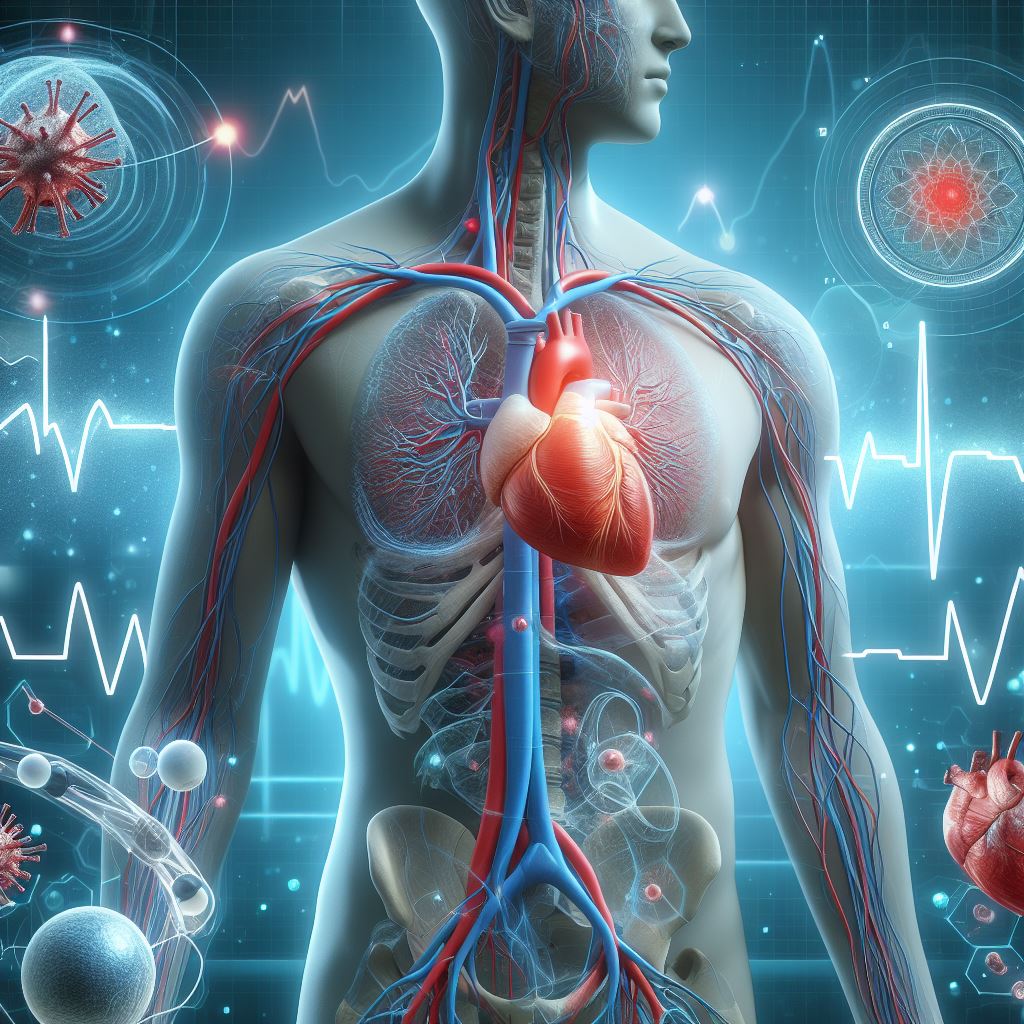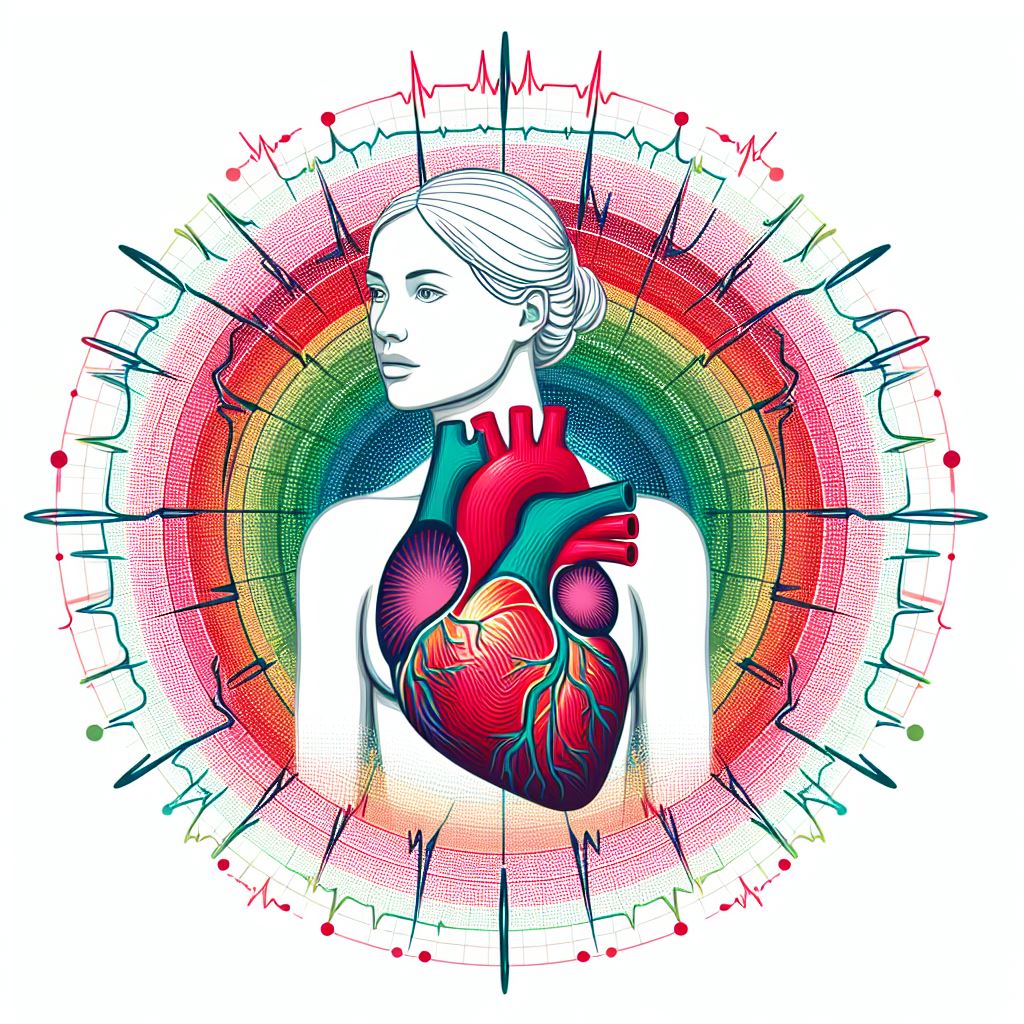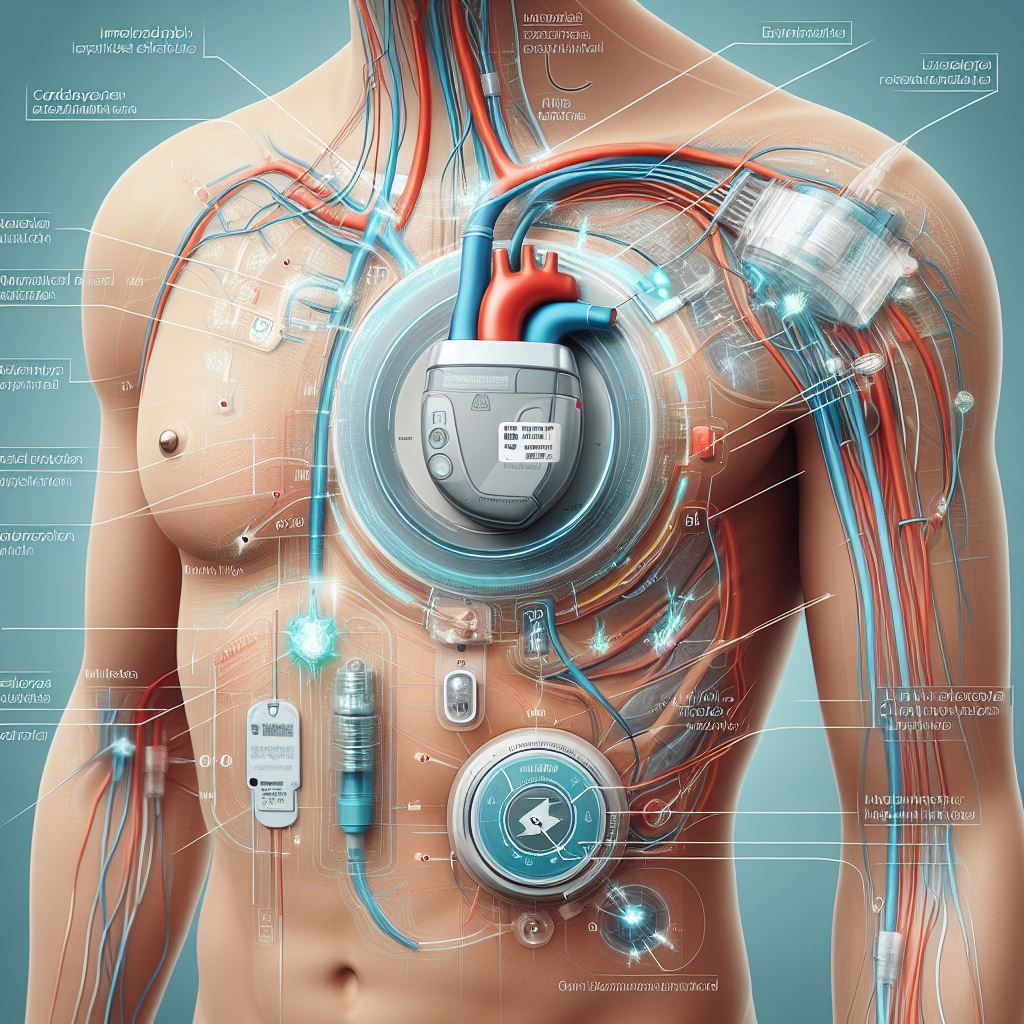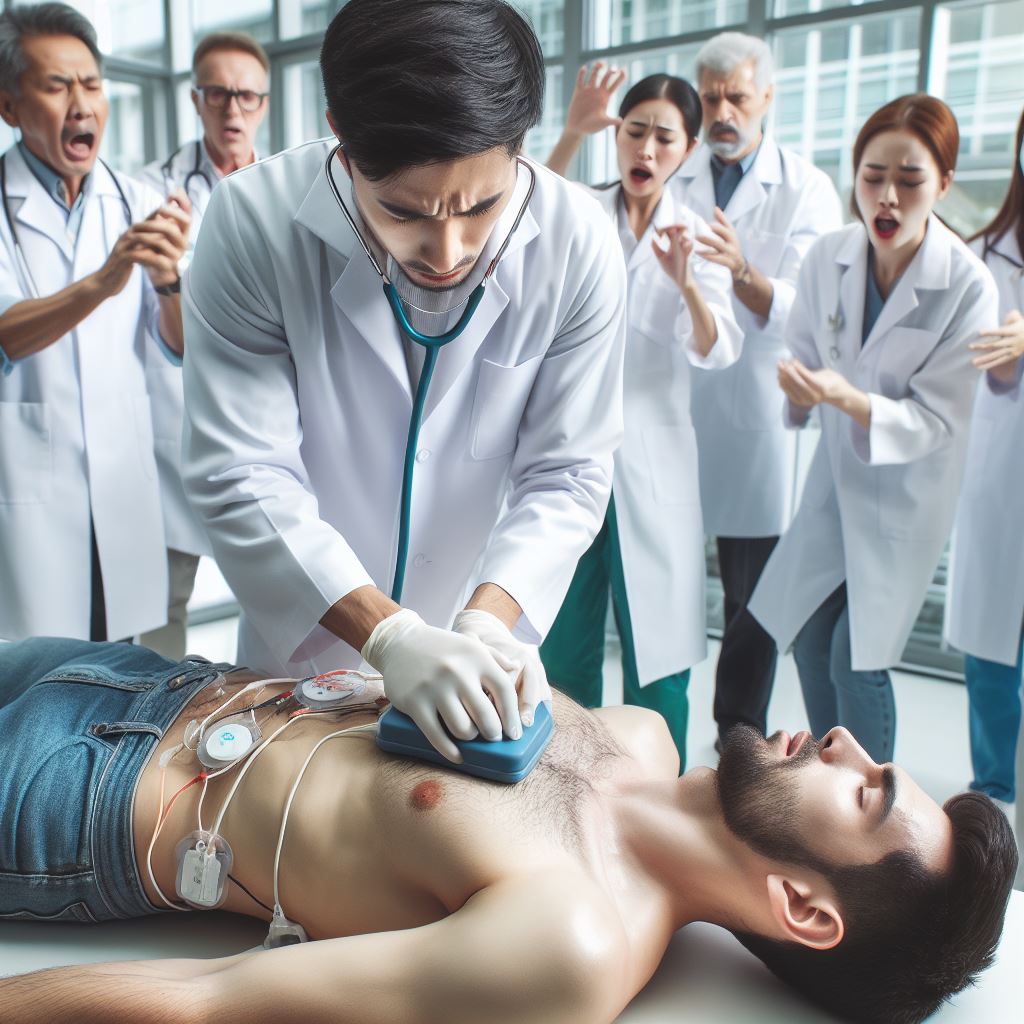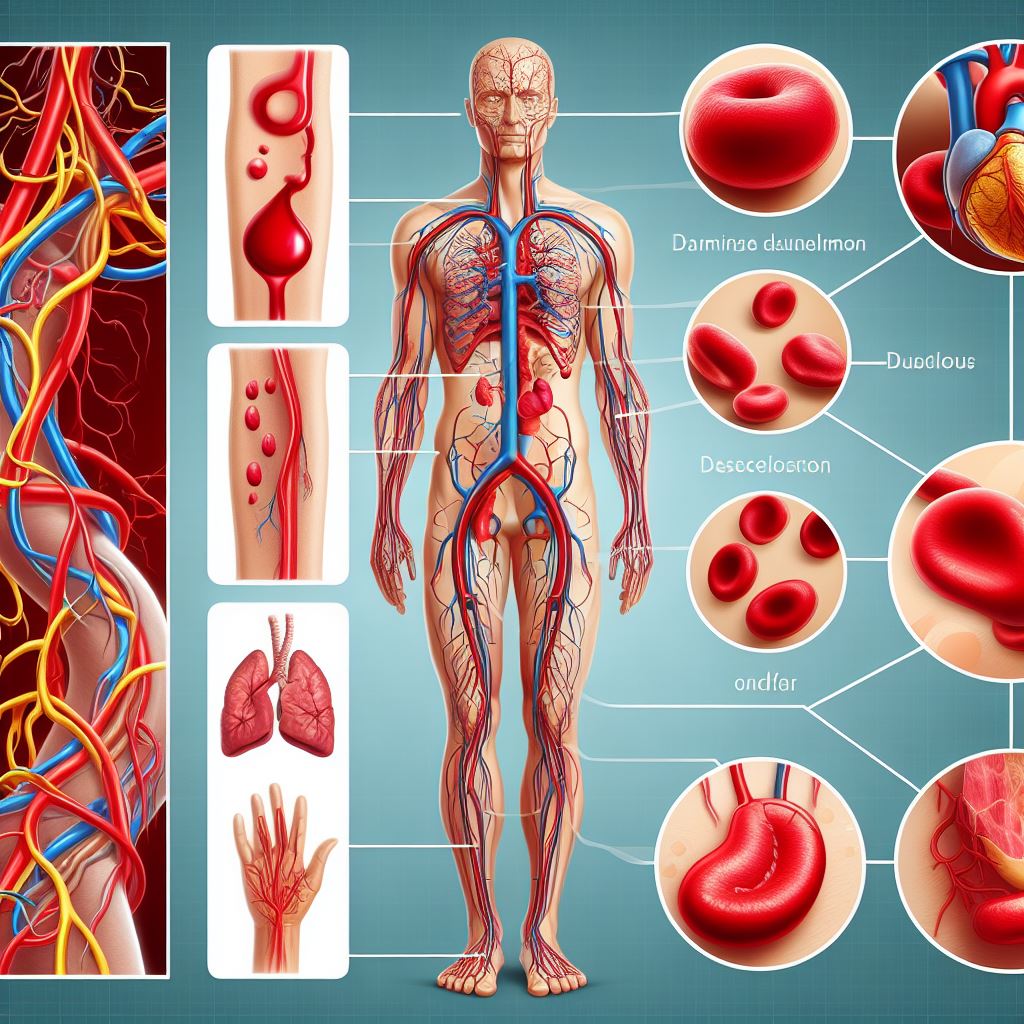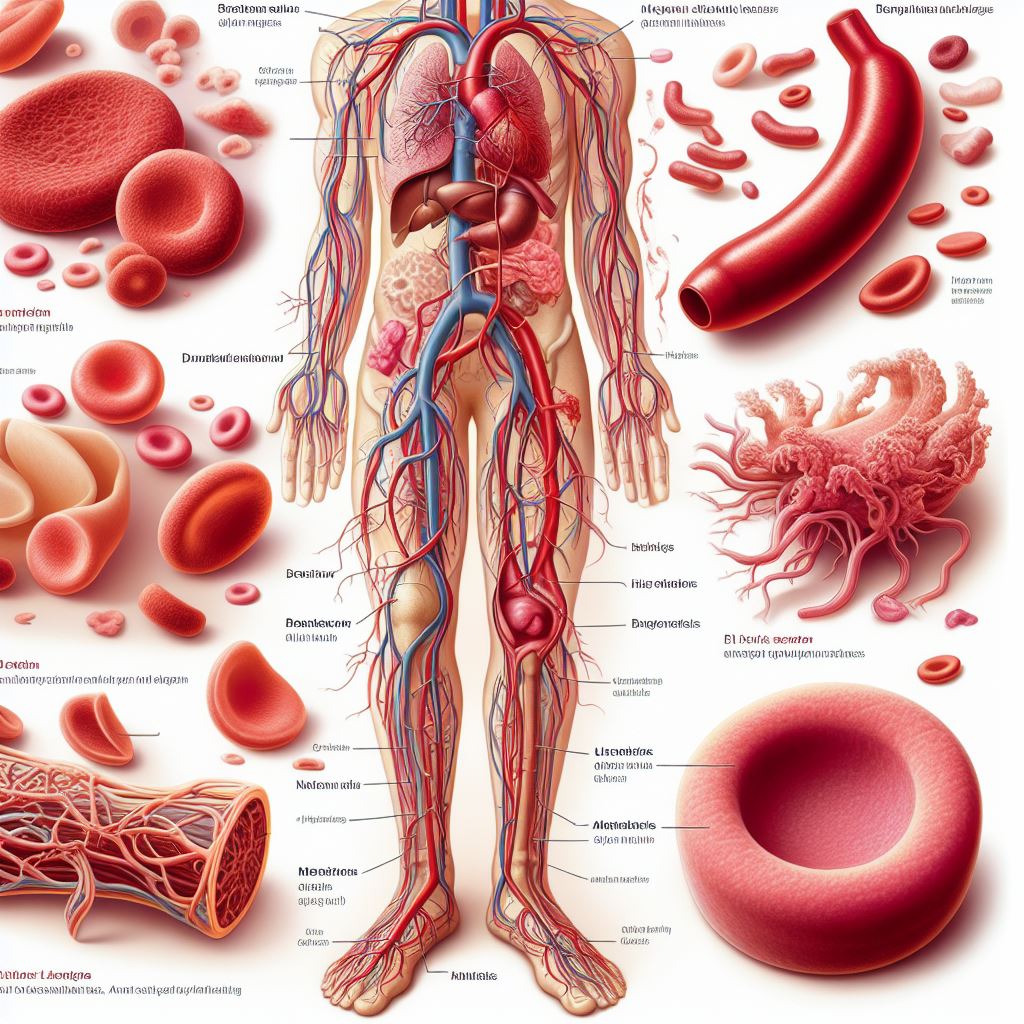
Stroke
In the realm of medical mysteries, few conditions evoke as much concern and intrigue as strokes. A stroke, often referred to as a "brain attack," can have profound and lasting effects on an individual's health. This blog aims to delve deep into the intricate web of this condition, shedding light on its various facets, including the disease itself, symptoms, diagnosis, treatment, and prevention.
Exploring the realm of medical enigmas,
strokes stand out as a source of significant concern and fascination. Termed a
"brain attack," a stroke's impact on an individual's health is
profound and enduring. This blog is dedicated to a thorough investigation of
the complexities surrounding strokes, illuminating aspects such as the nature
of the disease, its symptoms, diagnostic processes, treatment modalities, and
preventive measures. Within this exploration, we seek to unravel the
intricacies of strokes, providing insights that contribute to a better
understanding of this critical health condition.
The Disease: At its core, a stroke is a
disruption of blood flow to the brain, leading to the deprivation of oxygen and
nutrients. Understanding the two main types of strokes, ischemic and
hemorrhagic, is crucial in unraveling the complexities of this condition.
Explore the intricate mechanisms that underlie each type, gaining insights into
the factors that contribute to their occurrence.
Symptoms:
Recognizing the signs of a stroke is paramount
for timely intervention. Subtle yet crucial, symptoms may manifest differently
depending on the type of stroke. This section dissects the nuanced symptoms,
from sudden numbness and confusion to difficulty speaking and severe headaches.
Delve into real-life stories that highlight the importance of swift recognition
and action.
Embarking on an exploration of medical
mysteries, strokes emerge as a subject both concerning and intriguing. Often labeled
as a "brain attack," the repercussions of a stroke on an individual's
health are not only significant but endure over time. This blog sets out to
comprehensively delve into the intricate web of this condition, with a focus on
elucidating its multifaceted aspects, including the disease itself, symptoms,
diagnosis, treatment, and prevention.
Beginning with an understanding of strokes
as disruptions in blood flow to the brain, we unravel the dichotomy between
ischemic and hemorrhagic strokes. This classification is essential for
comprehending the various factors contributing to their occurrence. Moving to
symptoms, we dissect the nuanced signs that, if recognized promptly, can lead
to timely intervention. Real-life stories underscore the imperative nature of
swift action.
The diagnostic journey forms a crucial
juncture in stroke awareness, with a spotlight on physical examinations and
advanced imaging techniques like CT scans and MRIs. Challenges in diagnosing
strokes, especially when symptoms present atypically, add an additional layer
of complexity.
Transitioning to treatment, the race
against time becomes evident. Exploring options from clot-busting medications
to surgical interventions, we delve into the concept of the "golden
hour" and the importance of post-stroke rehabilitation.
Finally, the blog ventures into the realm
of prevention, elucidating modifiable and non-modifiable risk factors.
Lifestyle changes, medications, and emerging preventive therapies are
highlighted as strategies to reduce stroke risk, emphasizing the significance
of prioritizing brain health.
In unraveling the enigma of strokes, this
exploration aims to empower readers with knowledge, fostering a collective
understanding that spans the disease's intricacies. By comprehending strokes
from their origin to prevention, we contribute to a world where not only are
strokes treatable but, importantly, preventable.
Diagnosis:
Unravel the diagnostic journey that patients
undergo when a stroke is suspected. From the initial physical examination to
advanced imaging techniques such as CT scans and MRIs, discover the tools and
technologies that healthcare professionals employ to confirm a stroke
diagnosis. Explore the challenges in diagnosing strokes, particularly in cases
with atypical presentations.
Delving into the diagnostic realm, we
uncover the intricate journey patients navigate when a stroke is suspected.
Commencing with a thorough physical examination, healthcare professionals
employ a spectrum of tools and technologies to confirm a stroke diagnosis,
ranging from standard procedures to advanced imaging techniques like CT scans
and MRIs. This section illuminates the diverse array of methodologies utilized
in the medical field to pinpoint and understand the nature of a stroke.
Navigating through this diagnostic journey,
we scrutinize the challenges inherent in identifying strokes, especially when
they present with atypical symptoms. The complexities in diagnosis are
explored, shedding light on the nuances that healthcare professionals grapple
with when confronted by unique or unexpected manifestations of this cerebral
condition. In understanding the diagnostic intricacies, we gain a profound
appreciation for the expertise and adaptability required in the medical
landscape to accurately identify and address strokes in their varied
presentations.
Treatment:
Once a stroke is diagnosed, the race
against time begins. This section explores the evolving landscape of stroke
treatment options, from clot-busting medications to innovative surgical interventions.
Delve into the critical concept of the "golden hour" and how it
shapes the therapeutic approach. Gain insights into rehabilitation strategies
aimed at helping survivors regain functionality and independence.
Urgency
of Diagnosis:
Highlight the critical importance of swift
action once a stroke is diagnosed.
Emphasize the time-sensitive nature of
stroke treatment and its impact on patient outcomes.
Diverse
Treatment Options:
Explore the range of stroke treatment
options available, including clot-busting medications and surgical
interventions.
Provide a brief overview of how these
treatments work to address the underlying issues causing the stroke.
Clot-Busting
Medications:
Explain the role of clot-busting
medications in dissolving obstructive blood clots.
Showcase their significance in restoring
essential blood flow to the affected areas of the brain.
Innovative
Surgical Interventions:
Delve into the latest advancements in
surgical interventions for stroke treatment.
Highlight groundbreaking techniques and
procedures that contribute to improved outcomes for stroke survivors.
The Concept of the Golden Hour:
Define and elaborate on the concept of the
"golden hour" in stroke treatment.
Explain how the timely initiation of
treatment within this critical timeframe can positively influence recovery
prospects.
Multifaceted
Therapeutic Approach:
Emphasize the need for a comprehensive
therapeutic approach to stroke care.
Showcase the collaborative efforts of
healthcare professionals in tailoring treatments to individual patient needs.
Post-Stroke
Rehabilitation:
Provide insights into rehabilitation
strategies aimed at helping survivors regain functionality and independence.
Touch upon the importance of physical
therapy, cognitive rehabilitation, and holistic post-stroke care.
Holistic
Recovery Process:
Stress the multidimensional efforts
required for a holistic recovery process.
Showcase how rehabilitation strategies
contribute to not just physical but also cognitive and emotional well-being.
Interdisciplinary
Nature of Stroke Care:
Highlight the collaborative and
interdisciplinary nature of stroke care.
Illustrate how healthcare professionals
from various specialties work together for optimal patient outcomes.
Patient-Centric
Approach:
Emphasize the significance of tailoring
stroke treatment to the unique needs and circumstances of each patient.
Advocate for a patient-centric approach
that considers individual factors for a more effective and personalized
therapeutic journey.
Entering the domain of treatment, the
urgency intensifies as the clock starts ticking upon a confirmed stroke
diagnosis. This section meticulously navigates the dynamic landscape of
available stroke treatment options, ranging from the administration of
clot-busting medications to groundbreaking surgical interventions. The
significance of the golden hour takes center stage, emphasizing the critical
window of time within which intervention can significantly alter the course of
recovery.
Embarking on a deeper exploration, we delve
into the intricacies of clot-busting medications and their role in dissolving
obstructive blood clots, thereby restoring vital blood flow to the affected
regions of the brain. The blog also sheds light on innovative surgical
interventions, unveiling the latest advancements that contribute to improved
outcomes for stroke survivors.
At the core of this exploration is the
understanding of the "golden hour," a pivotal concept that
underscores the time-sensitive nature of stroke treatment. This section
elucidates how prompt medical attention and intervention within this crucial
timeframe can substantially enhance the chances of minimizing long-term damage
and optimizing recovery.
The narrative then seamlessly transitions
into rehabilitation strategies, offering insights into post-stroke care aimed
at helping survivors regain functionality and independence. From physical
therapy to cognitive rehabilitation, the comprehensive approach to
rehabilitation unfolds, showcasing the multidimensional efforts required for a
holistic recovery process.
By unraveling the complexities of stroke
treatment, this section not only provides a panoramic view of the evolving
medical interventions but also emphasizes the collaborative and
interdisciplinary nature of stroke care. In grasping the intricacies of stroke
treatment, readers gain a profound understanding of the multifaceted strategies
employed to address this critical health concern.
Prevention:
While advancements in treatment are
promising, the adage "prevention is better than cure" rings
particularly true for strokes. Uncover the modifiable and non-modifiable risk
factors that contribute to stroke occurrence. From lifestyle changes and
medications to emerging preventive therapies, this section offers a
comprehensive guide to minimizing the risk of strokes and promoting long-term
brain health.
Preventive
Philosophy:
Emphasize the importance of preventive
measures in the context of strokes.
Highlight the well-known saying,
"prevention is better than cure," setting the tone for the discussion.
Identification
of Risk Factors:
Distinguish between modifiable and
non-modifiable risk factors contributing to stroke occurrence.
Provide a breakdown of each category to
help readers understand their level of control.
Lifestyle
Modifications:
Explore the role of lifestyle changes in
reducing the risk of strokes.
Discuss dietary adjustments, physical
activity, and stress management as key components of a healthy lifestyle.
Medications
as Preventive Measures:
Explain the role of medications in preventing
strokes, particularly in managing risk factors like hypertension or high
cholesterol.
Highlight the importance of medical
consultation and adherence to prescribed medications.
Innovative
Preventive Therapies:
Introduce emerging preventive therapies in
stroke care.
Discuss novel approaches, medications, or
interventions that show promise in minimizing the incidence of strokes.
Comprehensive
Guide to Prevention:
Structure the section as a comprehensive
guide to minimizing stroke risk and promoting long-term brain health.
Provide actionable insights and tips for
readers to incorporate into their daily lives.
Individual
Empowerment:
Emphasize that individuals have the power
to actively reduce their stroke risk.
Encourage readers to take ownership of their
health and make informed choices.
Educational
Aspect:
Integrate educational elements into the
discussion, ensuring that readers understand the rationale behind each
preventive measure.
Use clear language to convey complex
medical concepts related to stroke prevention.
Long-Term
Health Perspective:
Stress the long-term benefits of adopting
preventive measures.
Illustrate how these efforts contribute not
only to stroke risk reduction but also to overall brain health across the
lifespan.
Promotion
of Well-Being:
Conclude by highlighting that the goal is
not just to prevent strokes but to promote overall well-being.
Encourage a holistic approach to health
that extends beyond the specific context of stroke prevention.
Turning our gaze towards prevention, the
old adage "prevention is better than cure" resonates profoundly,
especially in the context of strokes. This section is dedicated to unraveling
the intricate web of modifiable and non-modifiable risk factors that play
pivotal roles in the occurrence of strokes. Delving into the realm of
prevention, we explore a spectrum of strategies encompassing lifestyle
modifications, medications, and emerging preventive therapies, collectively
forming a comprehensive guide to mitigating the risk of strokes and fostering
enduring brain health.
Examining modifiable risk factors becomes
imperative, with lifestyle changes emerging as keystones in stroke prevention.
The blog navigates through dietary adjustments, physical activity regimens, and
stress management techniques, elucidating their roles in reducing the
susceptibility to strokes. Additionally, the incorporation of medications as
preventive measures takes center stage, with a focus on pharmacological
interventions that target specific risk factors, such as hypertension or
cholesterol levels.
In the ever-evolving landscape of
healthcare, emerging preventive therapies become integral to our understanding
of stroke prevention. The section unravels the latest advancements, shedding light
on innovative approaches that hold promise in reducing the incidence of
strokes. From novel medications to cutting-edge interventions, the exploration
encompasses a forward-looking perspective on the preventive measures that may
shape the future of stroke care.
By offering a comprehensive guide to
minimizing stroke risk and promoting long-term brain health, this section
underscores the significance of proactive measures. Understanding the interplay
between various factors influencing stroke occurrence equips readers with
valuable insights, empowering them to make informed choices that contribute to
a resilient and healthy brain.




